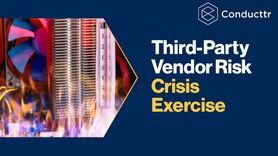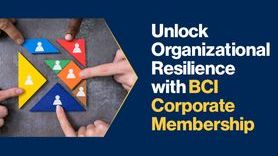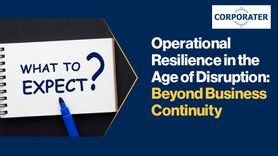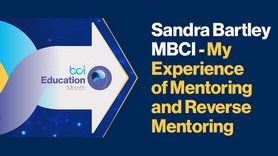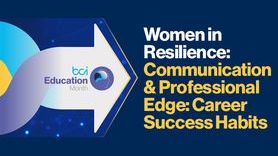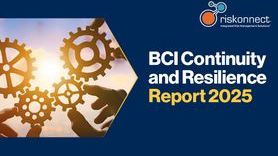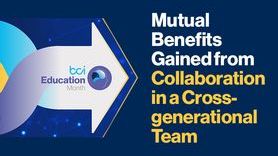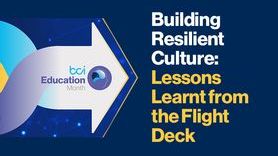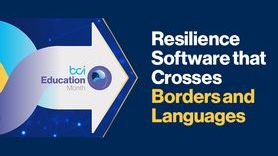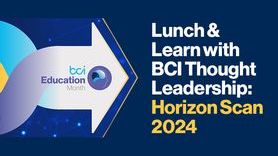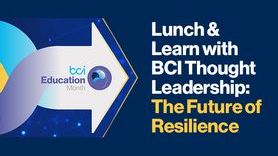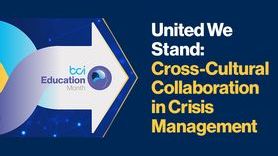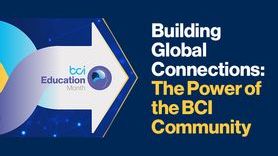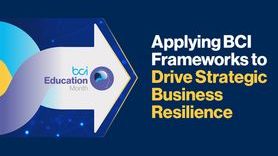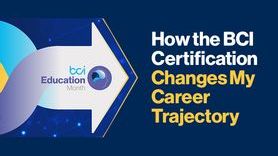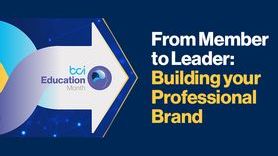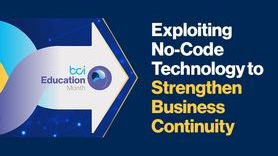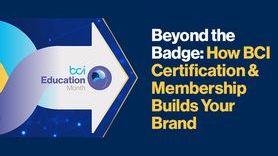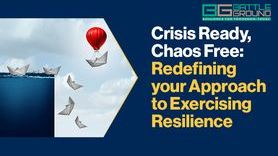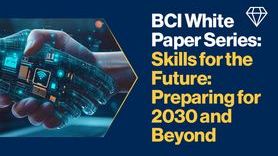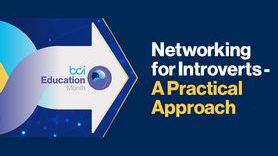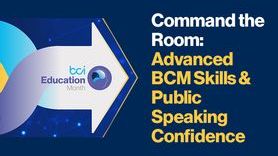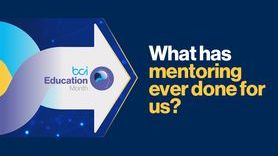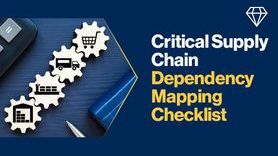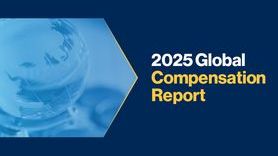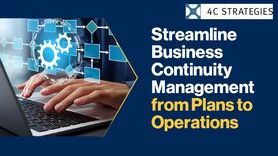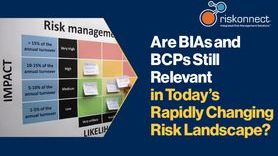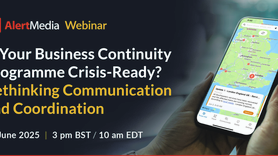The power of EDI in resilience and business continuity
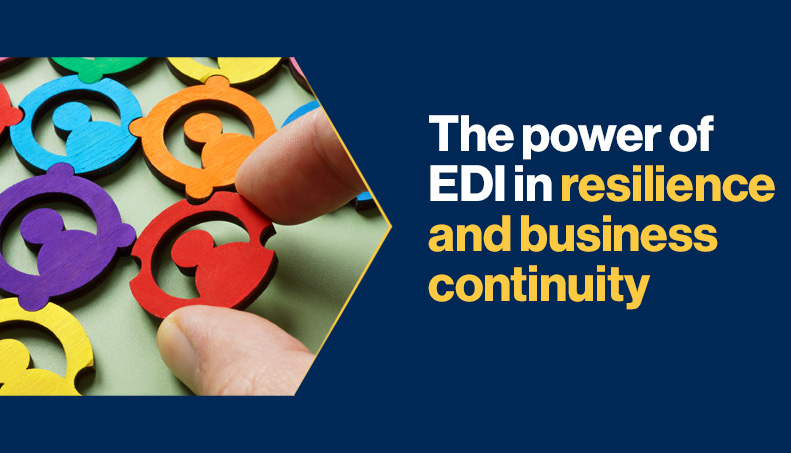
Foreword: This guest article by Chester Avey discusses why, in his view, strong EDI practices are an asset that enhance all aspects of an organization’s resilience.
Organisations sector-wide are facing complex challenges that test both resilience and continuity simultaneously. Equality, diversity, and inclusion (EDI) programmes are fundamental to organisational resilience and continuity, but far too few businesses are aware of their true power. Despite the abundance of EDI frameworks, too often they are seen as buzzwords thrown gratuitously around in an attempt to foster trust and faith among stakeholders
Unfortunately, this has created a dichotomy in which organisations, particularly those with global presences, face EDI challenges on a political and economic scale. Should EDI remain a factor in your organisation, it’s important to reassess how it’s utilised, evolving it from merely being a value you hold into something that proves instrumental in your business continuity planning and overall resilience in the face of challenges.
Approaching EDI in different ways
The connection between EDI and business resilience isn't merely theoretical, but rather a link that’s practical and measurable.
When organisations build diverse teams, equitable practices, and inclusive attitudes, they are enhancing their capabilities across a broad spectrum of tasks and approaches. This includes crisis identification, response, and recovery. Business resilience professionals and managers can cultivate a more inclusive and welcoming environment by “Holding yourself and others accountable, and making diversity and inclusion a priority, both in your personal life and within your company culture.” [1]
Resilient leaders recognise that authentic business continuity and resilience practices rely on an array of perspectives, attitudes, and experiences. If these are cultivated from the top of the organisation down, then the organisation is likelier to weather a storm.
For example, when teams comprise individuals with similar backgrounds, experiences and perspectives, they’re more likely to overlook or miss novel solutions and ideas. Conversely, diverse teams offer varied insights that strengthen the overall organisational posture.
Balancing continuity and resilience with an evolving workforce
Many modern workplaces now encompass workers from five or even six generations. Any given workforce can also include a mixture of neurodivergent professionals, workers with varying disabilities, and those with diverse gender identities and expressions.
This reality illustrates that business continuity plans must evolve with contemporary attitudes, ideals, and norms, and that they cannot exist solely on one individual’s preferences or understanding. Continuity hinges on a workforce that is encouraged to be authentically themselves, and where most differences in values can be worked out and embraced for the benefit of the organisation.
For instance, as awareness about neurodiversity grows, continuity professionals could consider adapting plans, exercises, and policies to reflect the inclusion of individuals. For instance, some team members may learn more via visual reference guides rather than verbal instructions, so teams could consider alternative delivery methods to ensure critical information remains accessible when necessary.
Team leaders must be cognisant of generational workers and how they process and interpret information. Some employees may be more digitally savvy, while others may prefer face-to-face instructions or guidance. Therefore, continuity plans must accommodate preferences to ensure a timely, effective response regardless of who is implementing the relevant protocols.
Also, business continuity plans that fail to consider employees with disabilities risk leaving vulnerable workers behind during a crisis. Whether this constitutes evacuation procedures or off-site recovery operations, accessibility must be considered from the outset.
Harnessing EDI as an operational tool and not just a compliance exercise
The most resilient and values-driven organisations rightfully recognise that EDI isn’t just a case of meeting legal requirements or avoiding irreparable reputational damage. Those that harness it correctly and meaningfully can drive excellence across their functions, cultivating an environment that is stronger overall and celebrates individual strengths and leverages skills in the face of challenges.
For example, diverse teams can identify a broader spectrum of potential cyber threats, ranging from technical and intricate brute force attacks to more calculated, targeted social engineering attacks. Given the risks these threats pose to business continuity, teams must engage various perspectives in risk assessment and threat containment, and vulnerabilities can be discovered earlier with greater confidence.
Incident and crisis response situations can be emotionally testing and stressful, mandating the need for instantaneous and creative problem-solving strategies. Teams
with a diverse range of cognitive skills and experiences are more likely to generate innovative solutions when standard, by-the-numbers procedures prove insufficient.
Furthermore, inclusive continuity and resilience planning naturally considers a broader array of requirements and priorities during disruptions, including those of stakeholders. A comprehensive approach minimises the likelihood of oversights or errors that could disrupt or damage recovery efforts.
Implementing EDI in business continuity practice
For business continuity professionals looking to strengthen their organisation's resilience with the help of EDI, consider:
- Inclusive risk assessments that engage stakeholders and team members when identifying potential threats and their severity.
- Reviewing and updating crisis communication processes to accommodate different needs, preferences, accessibility or learning requirements, and digital literacy.
- Including representatives organisation-wide to engage in continuity exercises and threat simulations to ensure preparedness.
- Updating response procedures accordingly to reflect your organisation’s full spectrum of skill sets.
The primary responsibility of business continuity professionals should be to ensure organisational resilience. Embracing EDI isn’t an obstacle to achieving that goal; in fact, it’s integral to that very mission. Incorporating and celebrating diverse, equitable and inclusive approaches, practices, skills, and ideals allows organisations to strengthen their ability to anticipate, withstand, and recover from disruptions, however severe they may be.
[1] 10 Ways To Be A Better Leader In 2025 | Time etc
About the author





